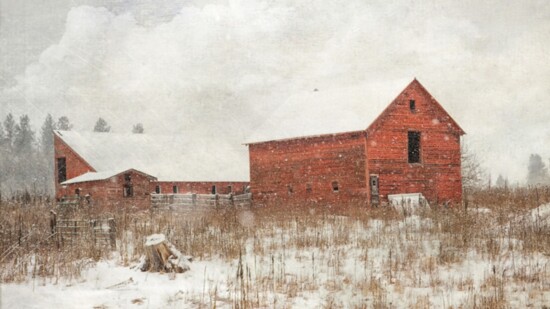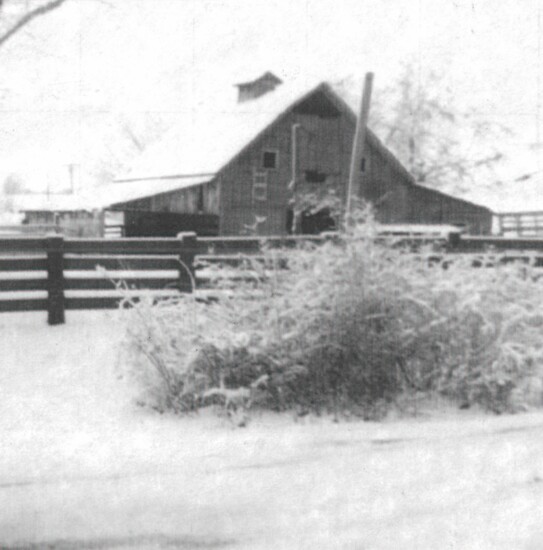In Eagle, old family farms are turning into big family homes, competing with traditional barns. Each barn has a story of how farming and the community have changed over time. They're a reminder of Eagle's history and the evolution of agriculture in the area.
Back in the early days of farming, barns served as essential hubs, storing hay for horses and cattle and offering shelter to the animals. A snapshot from 1908 reveals a blueprint for a typical family-farm barn, tailored to house five horses, 10 cows, 50 chickens, and two breeding sows. However, with the march of progress and the advent of tractors and machinery, barns underwent a transformation, repurposing themselves as storage spaces for the new tools of agriculture.
Delving into the history of barns unveils the fascinating story of their iconic red hue. In the 18th century, structures like bridges and barns were left unpainted, with the belief that the right wood needed no additional adornment. However, a cultural shift occurred in the late 1700s, with the rise of the practice of preserving barns with vibrant red paint. Pennsylvania Dutch settlers brought this tradition, using red paint to mirror the colors of their homeland. Initially considered extravagant, red barns soon became a common sight across the countryside. The paint, composed of skimmed milk, lime, red iron oxide, and linseed oil, not only served an aesthetic purpose but also preserved the wood, providing warmth in winter by absorbing the sun's rays.
Amidst the changing landscape, memories of old barns evoke a sense of nostalgia. Despite their diminishing prevalence, efforts are underway to preserve their historical significance. A recent historical survey in Eagle, led by a professional historian hired by the Eagle Historic Preservation Commission, uncovered 40 regional barns of local historical interest. Additionally, five barns were identified as eligible for a spot on the National Register of Historic Places.
Recognizing the vital role these barns played in shaping the community's identity, the Eagle Historic Preservation Commission is actively working to ensure these structures are not forgotten. This ongoing effort extends beyond a mere nod to the past; it's a commitment to safeguarding Eagle's rich agricultural heritage and securing a lasting place for its barns in the annals of history. As Eagle continues to grow and change, the barns remain as silent storytellers, bridging the gap between the past and the present, reminding us of the deep roots that connect us to our agricultural history.
Pull Quote
Eagle transforms as family farms become homes, preserving barn stories, connecting the past to its growing future

